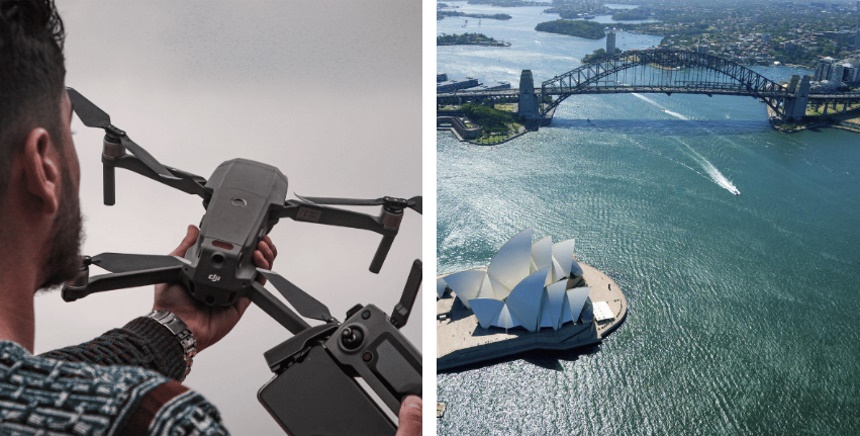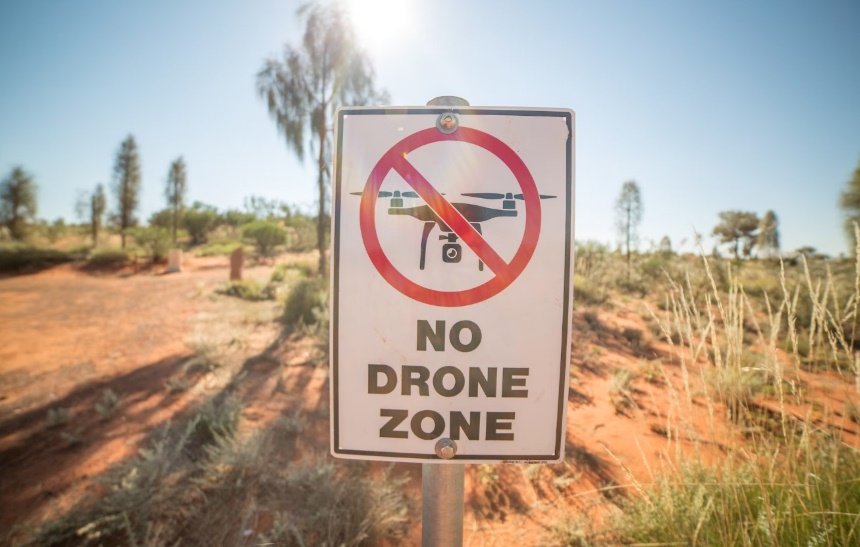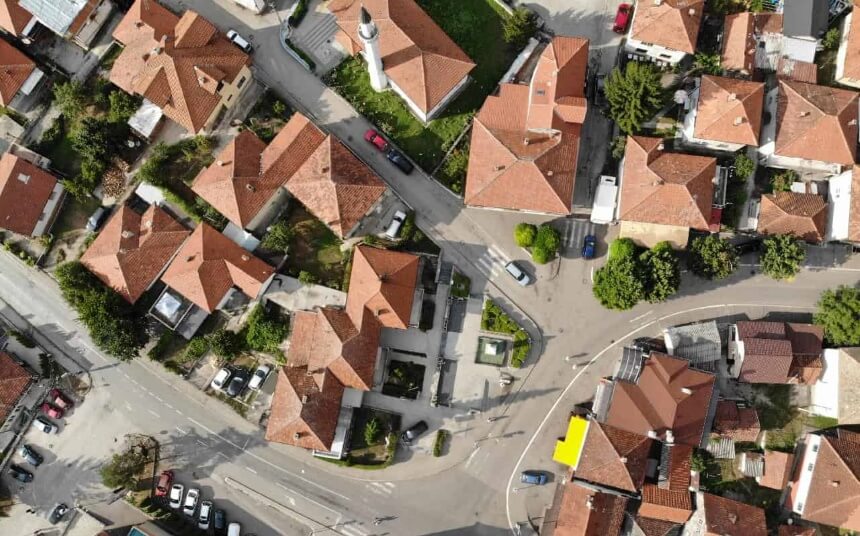Drones are no longer just employed by certain organizations to accomplish tasks that fall within their scope; they are now available to nearly everyone for professional and recreational purposes. Drone regulations in Australia governing the use of this equipment have needed to be created as a result of this progress, and as new technology is implemented, these laws need to evolve.
As technology develops and more individuals become interested in using drones for recreational purposes, drone laws in Australia are continuously changing. States have different drone laws, and regions have their own set of regulations. This article highlights the many rules ranging from the weight of the drone to its height, etc. It is important that anyone who intends to use a drone in Australia be aware of these rules.
The first thing you need to know about Australian drone laws is that there is an agency in charge of unmanned aircraft.
It is important that, as you operate this device, you do so within the bounds of the legal jurisdiction of the state Trusted Source The Concept of Jurisdiction in International Law In this chapter, the concept of jurisdiction as exercised by States (or regional organizations such as the European Union) is concerned. unijuris.sites.uu.nl in which you are flying it. There are both general rules and those that are peculiar to either work or leisure. We will expand on some of these things as we go along.

| Questions | Commercial Drone Rules in Australia | Recreational Drone Rules in Australia |
|
Is it allowed in Australia? |
Flying drones for commercial use is only allowed when you have registered your drone and have gotten your license; you also have to abide by the rules. | There is no need for a license to fly a drone for recreational use. However, the recreational drone laws in Australia require that your drone be registered, and you must inform them on their online site before flying. |
|
Maximum Height |
You must not fly above 120 meters (400 feet) above ground level | You must not fly your drone above 120 meters, that is 400 feet above the ground level |
|
Maximum Distance |
The distance between your drone in transit and the people must not be less or closer than 30 meters | You must fly your drone at a distance of at least 30 meters away from people. |
|
Maximum Take-Off Weight |
You do not need a permit if your drone weighs between 2kg to 100kg, but you must register your drone and inform the CASA by filling out a form online before flying it. For 250 and above, you must not be less than 5.5 kilometers away from airports and people, and you are only permitted to fly it above your land as long as you have a RePL | Australian drone laws require that when a drone weighs over 250g, you must fly it not less than 5.5 kilometers away from airports. This means that the distance between your drone and the airport should not be less or closer than 5.5 kilometers |
|
Competence Statement / License |
According to Australian license law, you can only be issued a license when CASA has confirmed that you are properly informed of the rules, registered, and that you understand how to fly a drone safely | You do not need a license to fly a drone for recreational purposes, but it is required that you abide by the rules and also register your drone with CASA before flying it. |
|
Day Times |
The only time you are allowed to fly your drone is during the day. But even at that, do not fly through a cloud or smoke. | You must only fly your drone during the day to avoid accidents |
|
Labelling Requirements |
All drones for commercial use must be registered and accredited, but it is not a must to have a label on it |
It is not a must for your drone to have a label, but it must be registered and accredited. |
|
Drone Liability Insurance |
Drone liability insurance covers your drone, including accidents and damages while in transit or storage, depending on what you chose when you were registering for the insurance. Drone liability insurance is not a must, but it is safe to be registered. | Drone liability insurance covers your drone, including accidents and damages while in transit or storage, depending on what you chose when you were registering for the insurance. |
The licensing law states that to fly a drone for commercial purposes in Australia, you need to register your drone with CASA and get your license and accreditation. You must also be able to fly a drone safely and know the requirements of the Australian drone regulations. This will be done by undergoing a certified training process, which may require you to watch a short video and thereafter reciprocate what you have learned from the video. Registration is free only for drones that weigh less than 500 grams.

The eastern, northern, southern, and western Australia drone laws for populated areas state that you must not fly your drones over areas that are populated or filled with people; examples are beaches, parks, and places where events are happening. It can serve as a threat to the safety of the people and properties.
You must not fly your drones near emergency areas like police operations or areas where a search or rescue occurs.
You are not allowed to fly your drone at night or into the cloud, and you can only fly during the day to avoid an accident and damage. It is also extremely important that, as you fly your drone, you keep it in sight.

Australian drone laws do not permit you to take unauthorized videos and photos. Before you take photos of people, you should ask for their permission, and you are not allowed to take pictures of official or government buildings, churches, or cultural buildings.
The drone law does not permit flying over your neighbor’s property; this is to avoid your drone hitting them and causing unnecessary accidents. They might also file a report against you for invading their privacy and threatening their safety.
Flying near animals or pets that are not yours is not allowed; it may scare them and threaten their safety, especially if they are not used to seeing drones around them, so the drone law in Australia does not permit it.
Other rules to note Trusted Source Drone rules Australia’s recreational drone rules are designed to keep you and others safe, on the ground and in the air. www.casa.gov.au include this. If you will be flying your drone outside your space into the neighborhood, you should ask if the people there are okay with it. Do not fly your drone if their response is negative or uncertain so that you won’t threaten their safety.
It is required that you stay updated on the new drone laws in Australia and any changes to the former law. The last update was done in 2021, and you will be notified if there is any change in the laws. These laws are made to ensure your safety, as well as others, while your drone is in the air or on the ground.
No, you can’t use a drone to spy on your neighbor; invading his privacy is against the CASA law. CASA stands for Civil Aviation Safety Authority, and it is the federal agency that oversees aviation safety in Australia. Your neighbor has the right to file a complaint against you if he feels that his privacy has been invaded and his safety threatened.
FPV is illegal in Australia. FPV means first-person view, which is done by mounting a camera on the drone as on the Ruko F11GIM drone, which helps the pilot see at a closer range and navigate like he is inside the drone. However, FPV drone laws in Australia (state) say you are allowed to fly as long as it is indoors. You don’t need CASA approval to fly FPV indoors, but the Australian FPV drone law requires you to register your drone.
Yes, you can travel with your drone to Australia, but you need to abide by the rules, know the local rules, learn the new rules, get an Australian drone license, and register your drone. Before taking pictures of people, remember to ask for their permission. Taking pictures of the sea and airport, government buildings, churches, and cultural sites may be illegal. Also, make sure your travel license covers drone accidents and damages.
The remote pilot License/certificate (RePL) shows that you are well-equipped with the knowledge of how to fly a drone safely and that you understand the rules and the requirements for flying a drone. A remote drone pilot license in Australia can only be issued to you if you have proven to meet the requirements.
Drones are fun to fly around. The thrill of the machine following your every command, the ability to see much more than you can imagine, and the excitement you get when you feel like a spy. But whether or not you fly the drone for recreational purposes or work, there are rules to follow. Acts of disobedience can cause you to pay a fine, lose ownership of your drone, lose your drone license, or worse, and it can land you in jail. So familiarize yourself with these drone laws Australia again – checking through every subheading. We wish you the best of luck.